Did you try growing the hottest pepper in the world, but it didn’t turn out to be that spicy? Pepper plants are relatively easy plants to grow, but there are several things to keep in mind to ensure you grow the spiciest version of the pepper you’re growing. Putting in all the effort and time just to grow a mild Carolina Reaper pepper can be quite disappointing, so what should you do?
It is possible that the Carolina Reaper pepper seeds you bought naturally produce milder peppers than you’d expect. Other possible reasons are the soil condition, lack of nutrition, insufficient sunlight, too much water, early harvesting, and planting near other milder pepper types.
Do you want to know where you went wrong? This article will help you figure it out so the next time your Carolina Reapers will be as hot as expected.
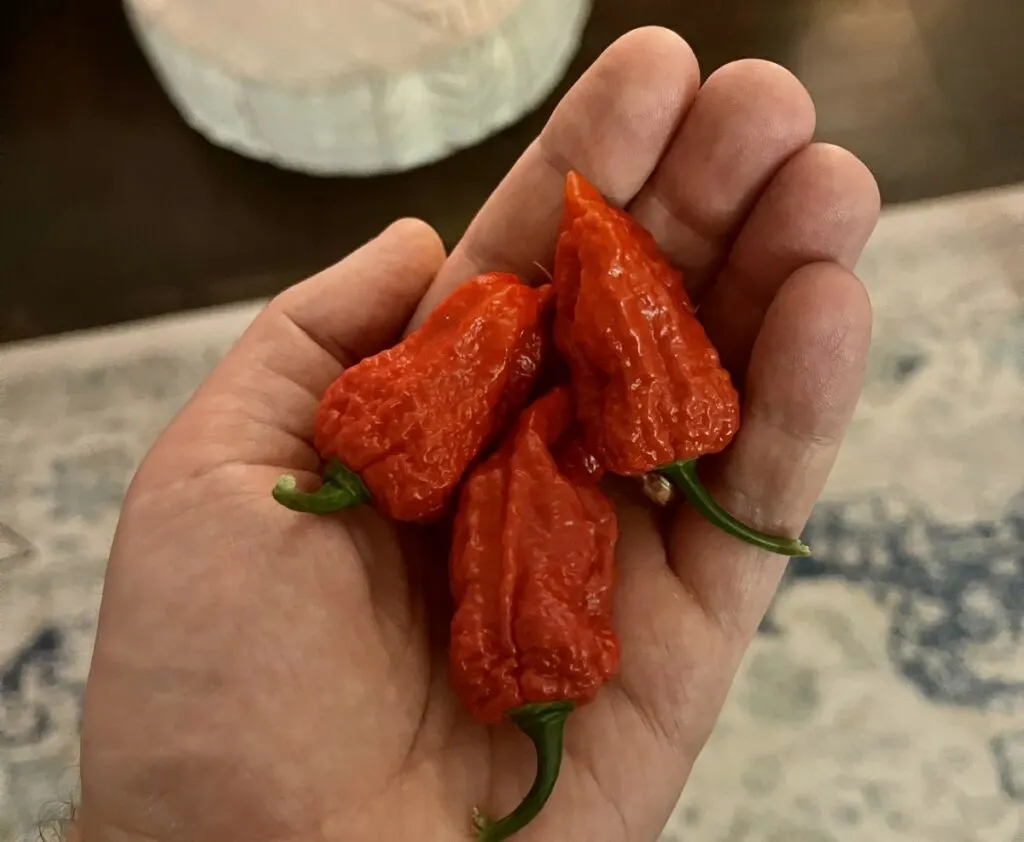
1. The Pepper’s Seed Was Genetically Predisposed to Produce Mild Peppers
The most important factor that determines the spice level of a Carolina Reaper pepper, and for all peppers for that matter, is the pepper’s genetics.
You may not know this, but there are different variations of the Carolina Reaper pepper. The different variants have differing spice levels, and all have unique tastes that make them ideal for different dishes. Carolina Reaper peppers usually have an SHU (Scoville Heat Unit) of between 1,400,000 and 2,200,000. Each variant, however, have a different SHU range. The gene expression for each individual variety will help determine the spice level of the pepper and where they land on the SHU scale.
1,500,000-1,900,000
The SHU range is the smallest for these peppers. They often grow to a reliable, predictable spice level.
- Reaper Peach
- Reaper Purple
- Caramel Reaper
1,500,000-2,200,00+
These Carolina Reaper pepper variants can be the hottest, but they can also be the same heat as the other variants.
- Carolina Reaper (original)
- Chocolate Reaper
You can refer to this extensive chart to learn more about how peppers land on the SHU scale.
You can see that not every Carolina Reaper pepper is hotter than other types of peppers. The range is extensive and not always easy to predict.
All you have control over are the growing conditions. If you did everything right, but your peppers still turned out relatively mild, you should try using different Carolina Reaper pepper seeds.
The right growing conditions will help the peppers produce more capsaicin, which is the substance that makes peppers hot.
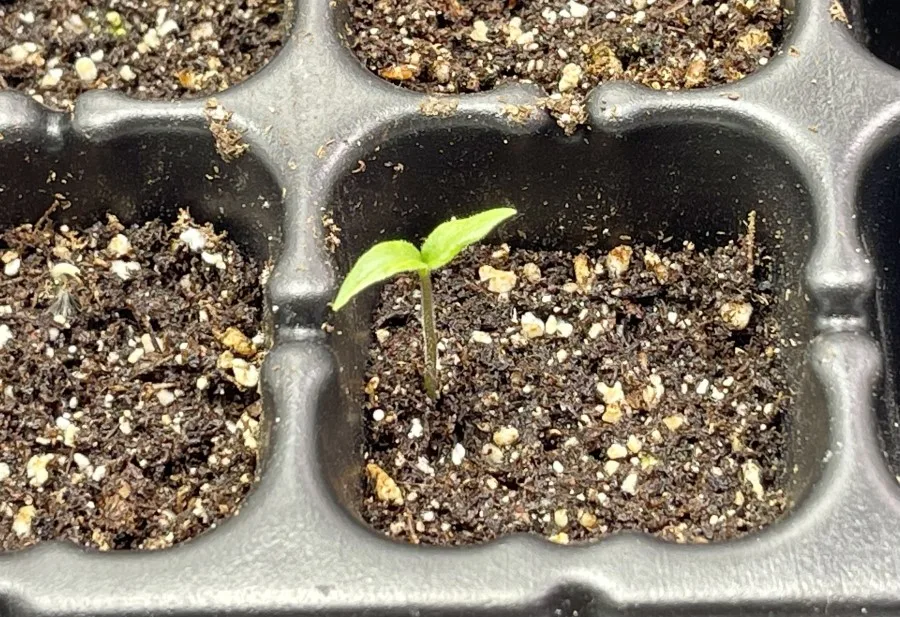
2. Improper Soil Conditions
Loamy Soil
The best soil to grow your Carolina Reaper peppers is a well-draining, loamy soil. You should limit the amount of clay particles in your loam soil because it will prevent proper drainage.
Soil rich in silt is excellent for your Carolina Reapers. Silt keeps the soil moist for longer and allows for proper air circulation. Air circulation is vital because it helps plants ‘breathe.’
The last substance in loamy soil should be sand. Sand is perfect for a lot of air circulation but absorbs very little water. Using too much sand will increase the rate at which the soil and plant dry out.
You can add organic materials to the soil for more nutrition and water retention. Compost or a mix of dead plants can help increase water retention. It’s essential not to use too much of any of these substances, as they can end up doing more harm than good to your beloved pepper plants.
pH Level
The soil pH level for Carolina Reapers should be between 6.0 – 6.5 pH (potential of hydrogen). That is slightly acidic soil, perfect for your homegrown peppers. Anything over a 7.0 pH is alkaline soil, which is not ideal for your peppers.
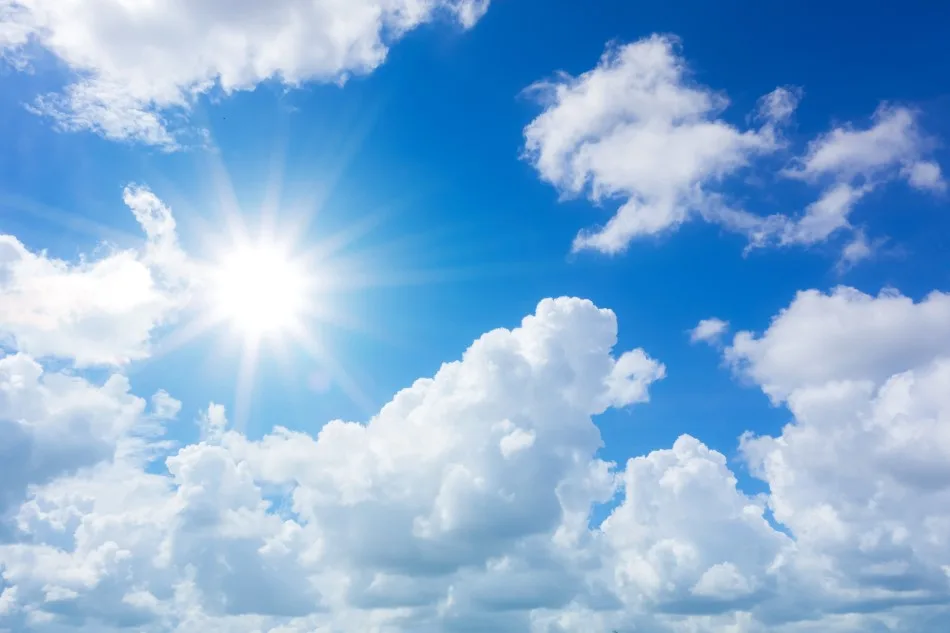
3. Not Enough Sun
Pepper plants need a lot of sunlight to grow healthy and to carry tasty fruits. They also thrive in a hot climate.
Don’t plant your peppers under shaded areas because they need a lot of direct sunlight. If you live in a country or area where it’s often cold and sunlight is scarce, your pepper plant won’t survive or grow outside. You can fix this issue by taking your peppers inside, using grow lights, and even a grow tent.
For proper growth, flowering, and fruit development, pepper plants need at least eight or more hours of direct sunlight.
It’s also possible for your pepper plant to suffer from too much sunlight, which would dry the plant and possibly kill it. If you’ve noticed any problems, try to create some form of shade for your plants to protect them. You can read our post Pepper Plants and Sun Exposure for more information and helpful tips.
4. Poor and/or Unbalanced Nutrient Levels
Fertilizing is an important step in growing most plants, but a mandatory one when growing spicy peppers. Balance is key, as plants need a lot of nutrients to grow, but your plant can burn if you fertilize it excessively.
The best types of fertilizer for a Carolina Reaper plant are either fish emulsion or a 5-10-5 fertilizer. A 5-10-5 fertilizer means that the fertilizer contains 5 percent nitrogen, 10 percent phosphorus, and 5 percent potassium. Be sure to check out our Carolina Reaper soil and fertilizer guide for a more in-depth look.
The Carolina Reaper pepper plant also needs magnesium to survive, which can be provided through compost or Epsom salt dissolved in water.
5. Watering Too Frequently
Carolina Reaper pepper plants need constant moisture. However, too much water can completely ruin your plants.
Some plants absorb water more quickly than others, so it’s difficult to say precisely how much water you should give them. As a rule of thumb, provide the plants with enough water to keep all of the soil moist. Once the soil has dried out, give it more water.
It’s crucial to keep an eye on your plants because the soil should never stay completely dry. If under-watered, the plant will grow slower and have bad-tasting fruits, or it could die completely. This is also the case for over-watered plants.
The best way to determine if your Carolina Reaper pepper plant needs water is to feel the soil—if it is dry to the touch, give your plant water, but if it’s still moist, you can put off watering for another day.
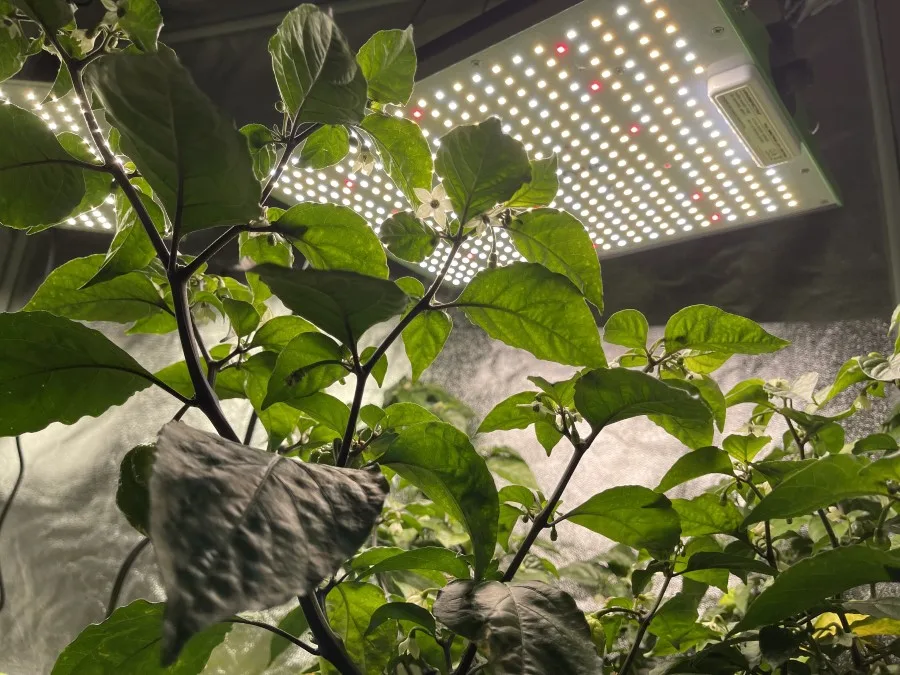
6. Cross-Pollination with Milder Peppers
If you’re growing your Carolina Reaper peppers alongside milder pepper types, like Shishito, Serrano, or Scotch Bonnet peppers, chances are cross-pollination might affect the spice level of future Carolina Reapers.
One thing to note: cross-pollination will not actually reduce the spice levels of your current peppers, but if you use the seeds of these peppers for future plants, then it is possible that those plants will produce milder peppers.
Peppers are self-pollinating but can pollinate each other when they are too close together. Cross-pollination is how new pepper types (hybrid peppers) are made, but that can happen naturally because of wind or movement.
If you want your Carolina Reaper peppers to be as spicy as they can be, and you plan to keep growing more pepper plants out of the peppers you harvest, you shouldn’t risk cross-pollination with milder peppers.
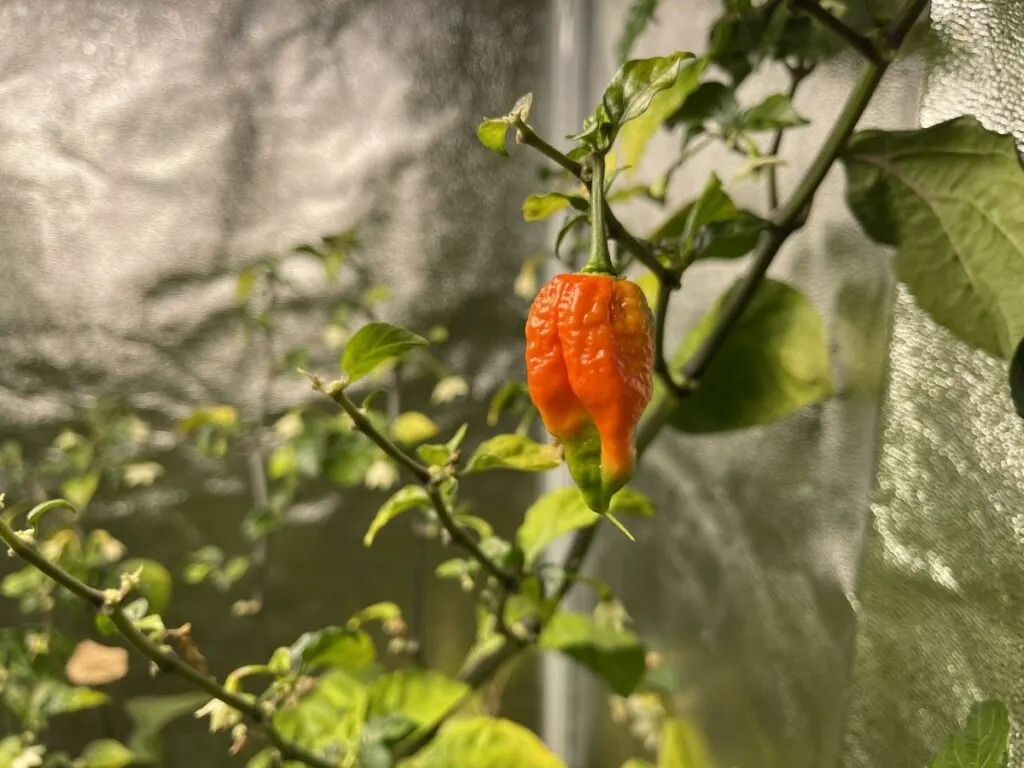
7. The Pepper Was Harvested Too Early
It can take three to five months for the plants to grow fully developed Carolina Reaper peppers. Peppers picked too soon can still ripen, but only in the right conditions. The peppers should be ready to harvest once they’ve turned the color they’re supposed to be. Peppers that are harvested too early are still edible, but they’ll just be less spicy as they didn’t get the time to produce enough capsaicin.
As we’ve discussed before in this article, the color of a ripe Carolina Reaper pepper isn’t always red. Some are purple, caramel brown, chocolate brown, or orange. So, for the spiciest version of the Carolina Reaper pepper you are growing, make sure to only harvest them when they have reached their final mature color.
